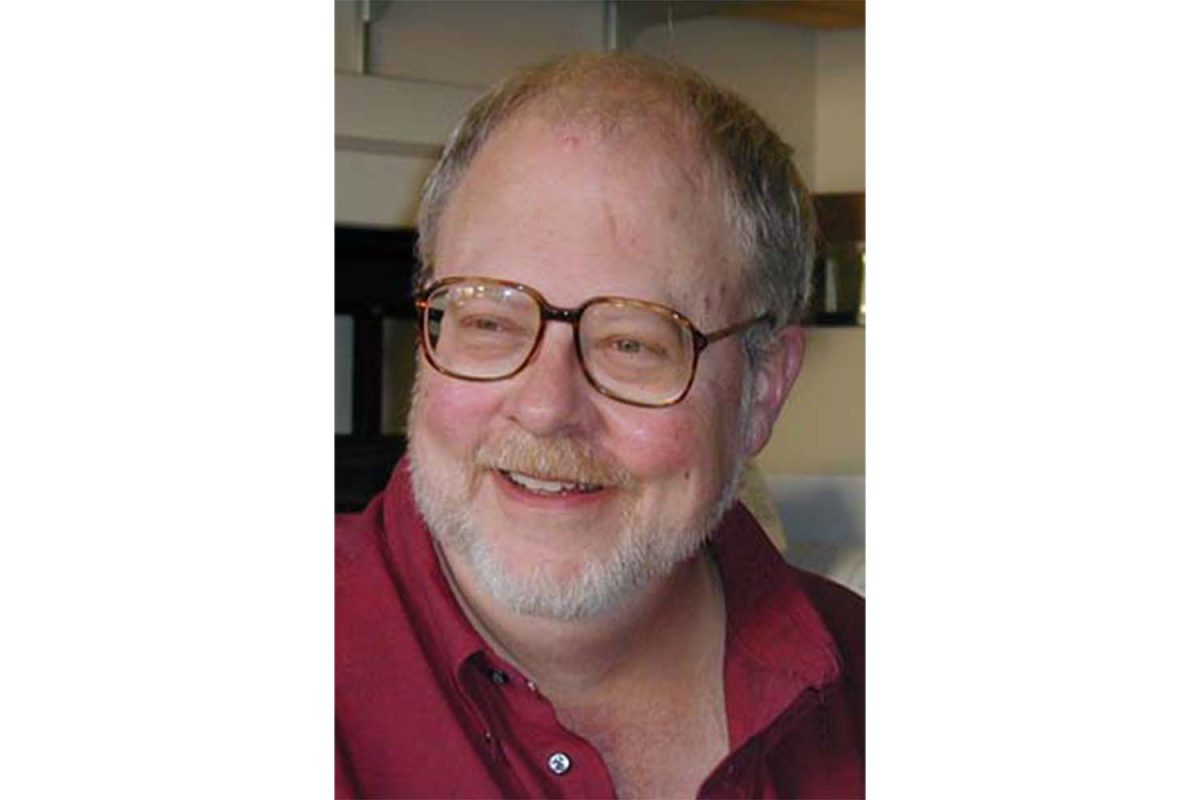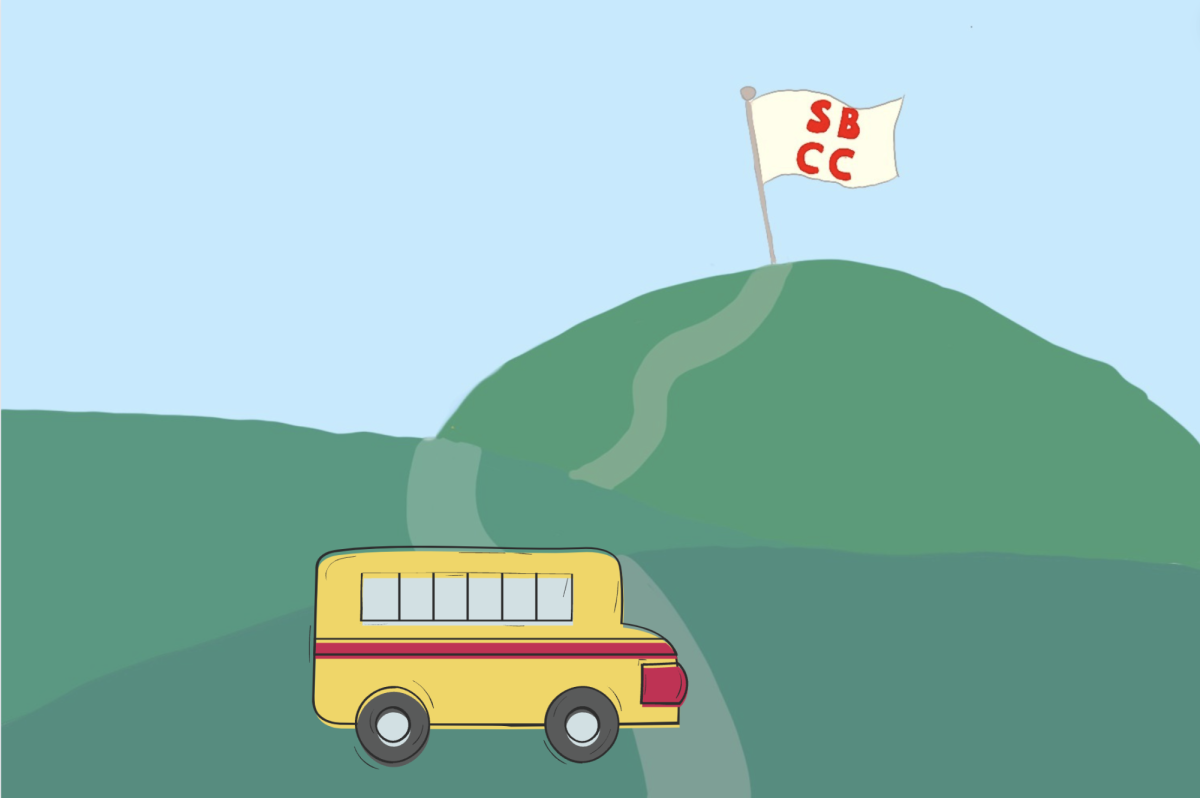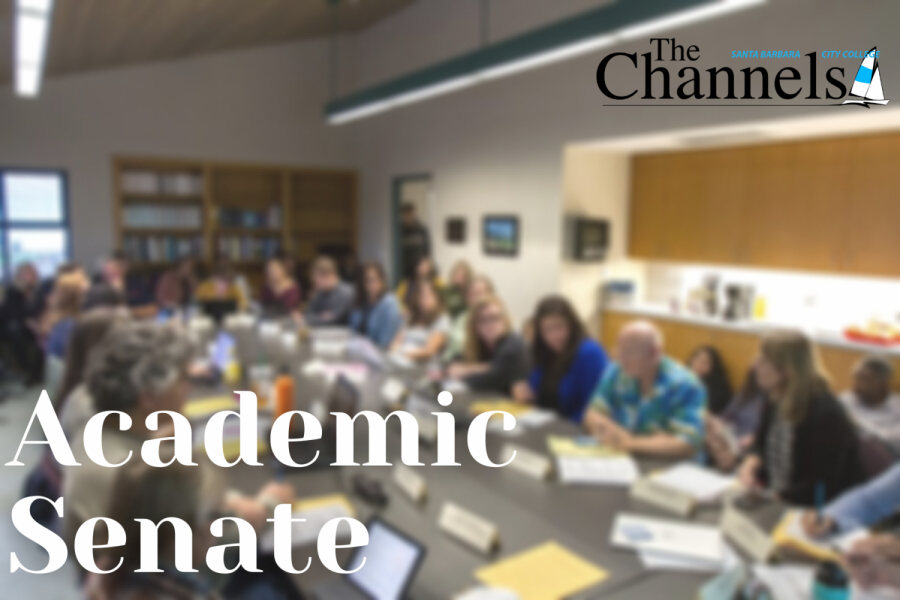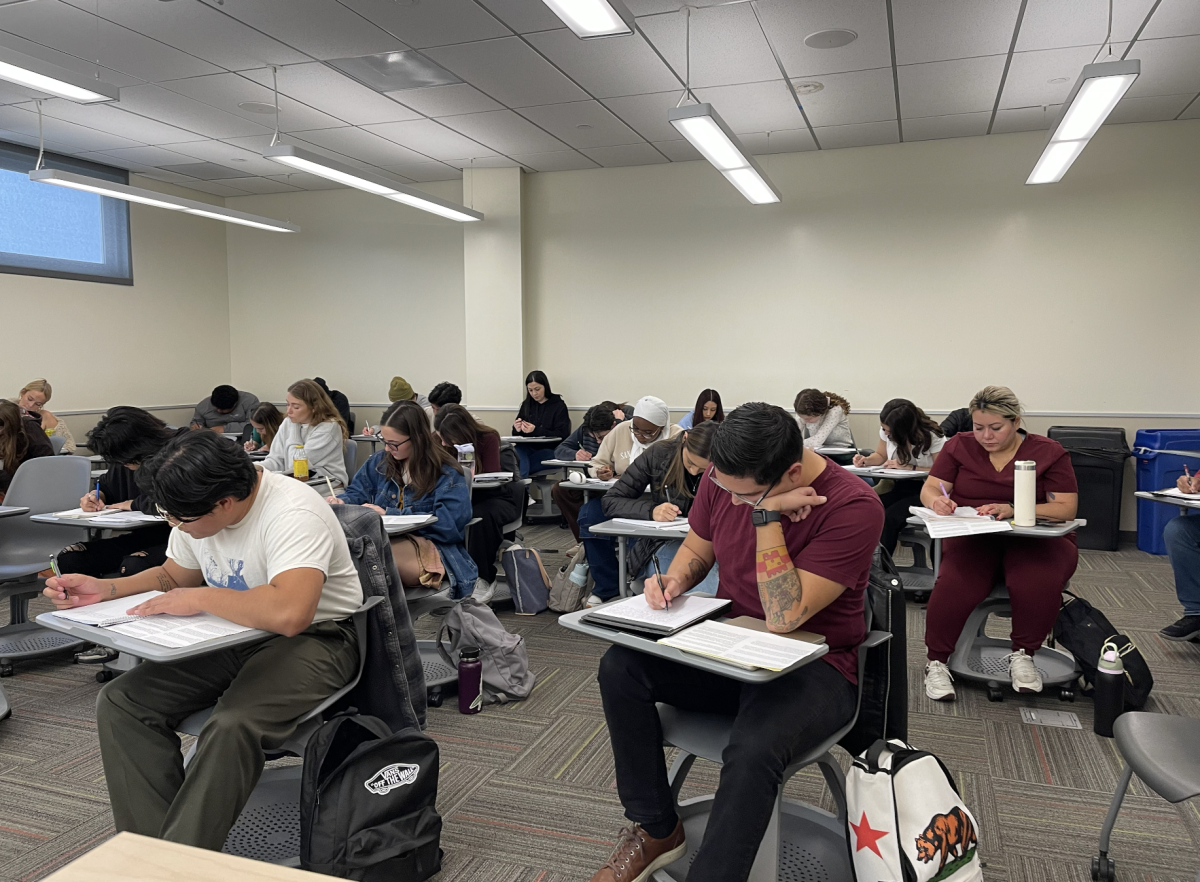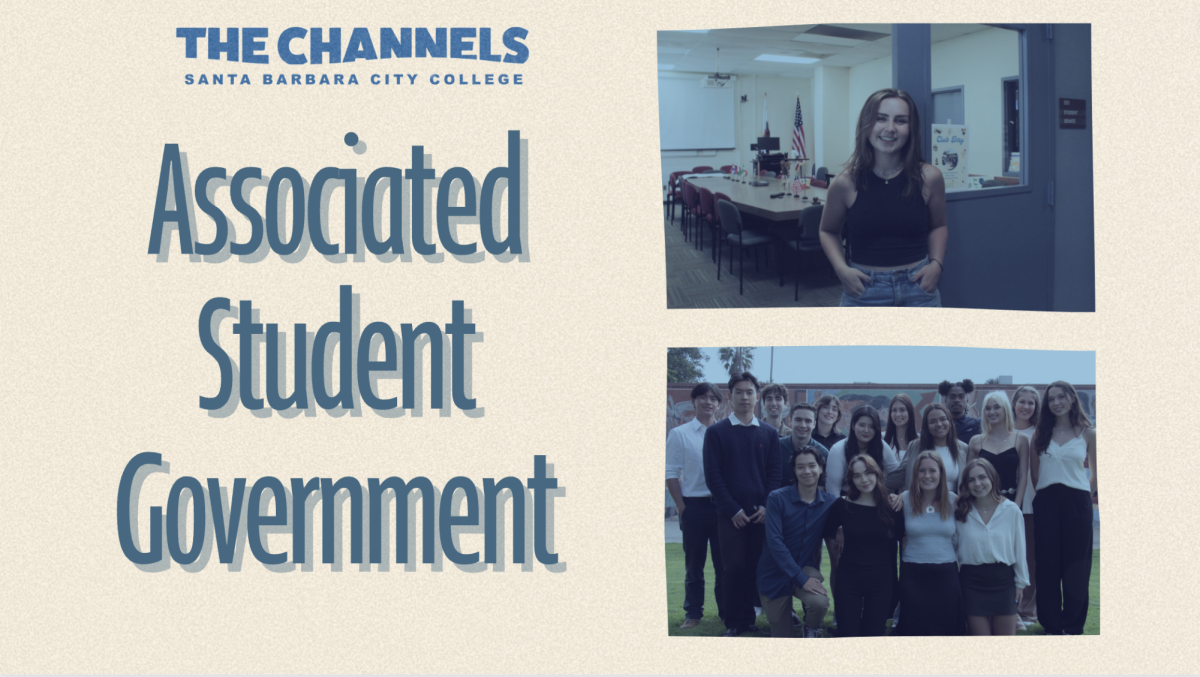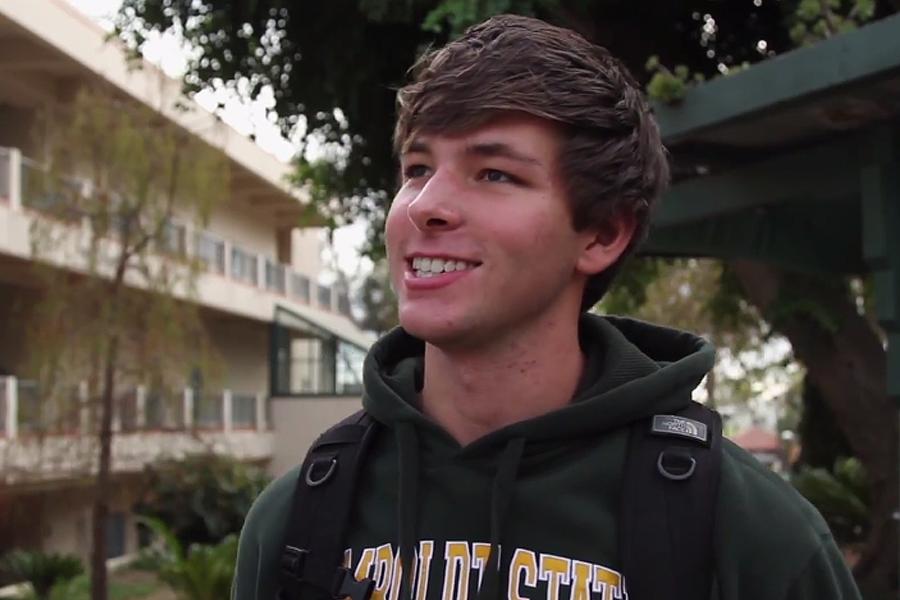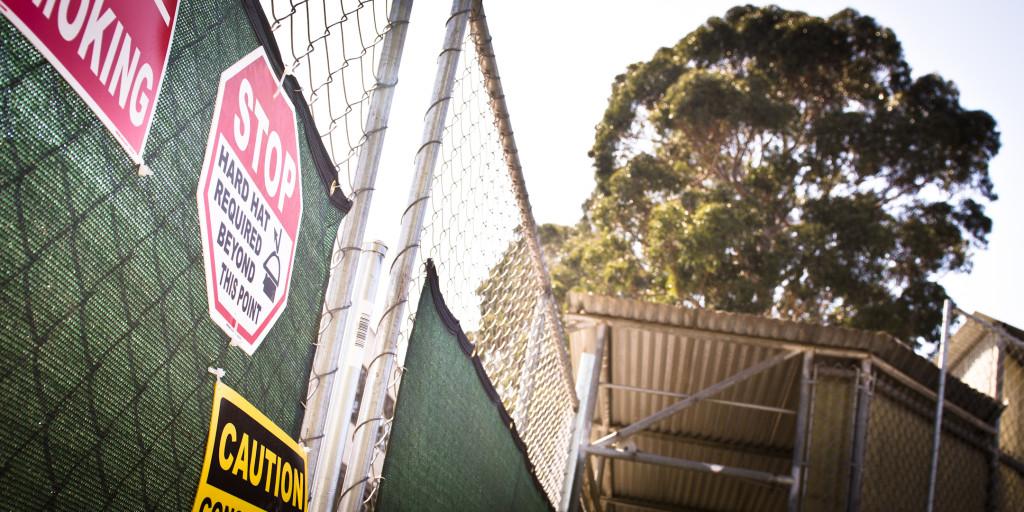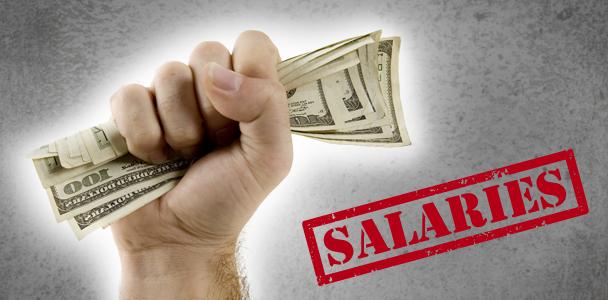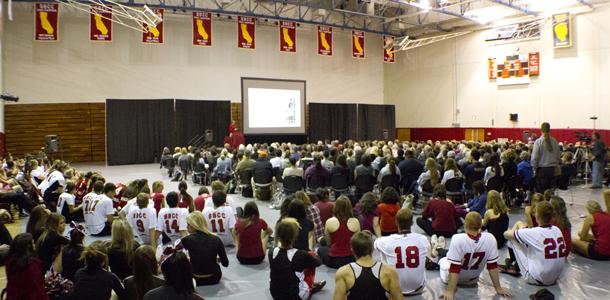Following the 8.9 earthquake that shook Japan at 9:46 p.m. local time, Santa Barbara has been under a tsunami advisory since 6:04 a.m.
In Japan, the tsunami has flooded airports and damaged a nuclear power plant in areas close to the epicenter, and the death numbers are climbing to the thousands. Meanwhile, the water masses were moving at a speed of 500 mph across the Pacific Ocean to eventually reach Hawaii and the American west coast.
Reports of waves off the California coast began around 7 a.m. The worst damage was expected in Crescent City, near the Oregon border, with predictions of up to 7-foot waves.
As of noon, Friday, reports came of significant damage in Santa Cruz harbors with dozens of docked boats capsizing and crashing into each other. Some Crescent City residents describe the damage as worse than after the 1964 tsunami which killed 11 people in the area. Today, four people were caught in the surges and one is feared dead, reported the LA Times.
While the advisory will remain in effect for the remainder of the day and should be followed, especially by those in low-lying and costal areas, the danger is minimal in southern California.
“Within the next nine hours, title surges will continue to get stronger and we are advising people to stay away from low lying coastal areas,” said David Flamm, one of Santa Barbara’s emergency managers.
“Beginning at eight this morning, there have been surges between 2-3 feet along the coast, both above and below Point Conception,” Flamm said. “This is a difference of 200 to 300 feet all together, so all low-lying coastal areas should be avoided during the next 24 hours.”
Dr. Jeff Meyer, assistant professor in earth and planetary sciences, said while it is typical for the area to receive alerts or advisories, the nine hours people have to receive them is more than enough time to assess the situation and act accordingly.
According to the tsunami advisory the Santa Barbara County Office of Emergency Services released, local residents are to avoid beaches and low-lying areas near the beachfront as strong currents and tidal surges can be extremely dangerous.
A tsunami warning remains in effect for those north of Point Conception. The warning is to remind the public that widespread coastal flooding along with powerful currents is possible and may continue for several hours after the arrival of the initial wave.
Meyer said a hypothetical earthquake occurring to the north of Santa Barbara would cause minimal damage to the south coast. To create a tsunami that would cause potential damage to the area, the earthquake would need to occur on a local, offshore fault.
An offshore region called the California Borderland could create such a tsunami, but the geology of it is complex. The San Andreas Fault would be unable to create a tsunami because it is located too far inland.
However, Meyer added, we should be prepared since we have so many buildings right at sea level.
“We pretend we won’t have a tsunami here,” he said, “but someday there will be.”


